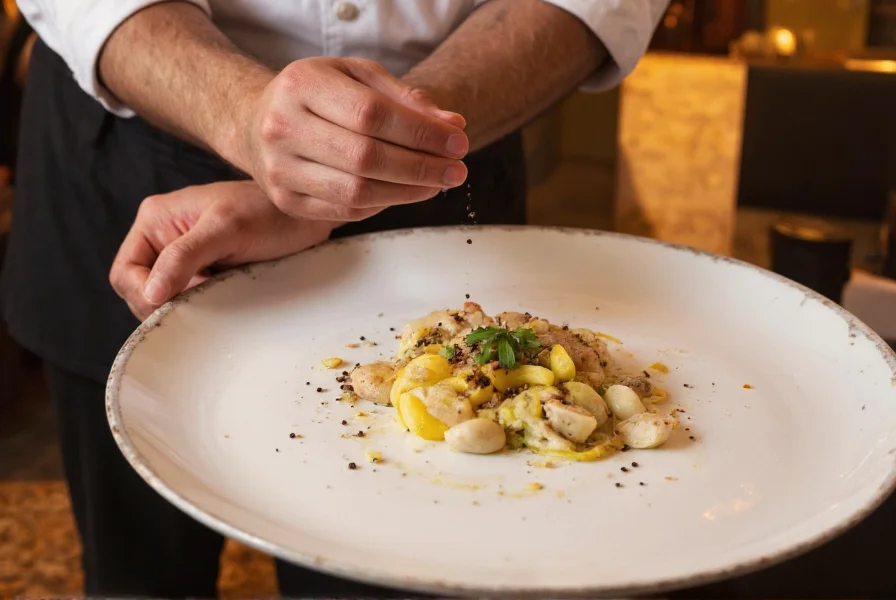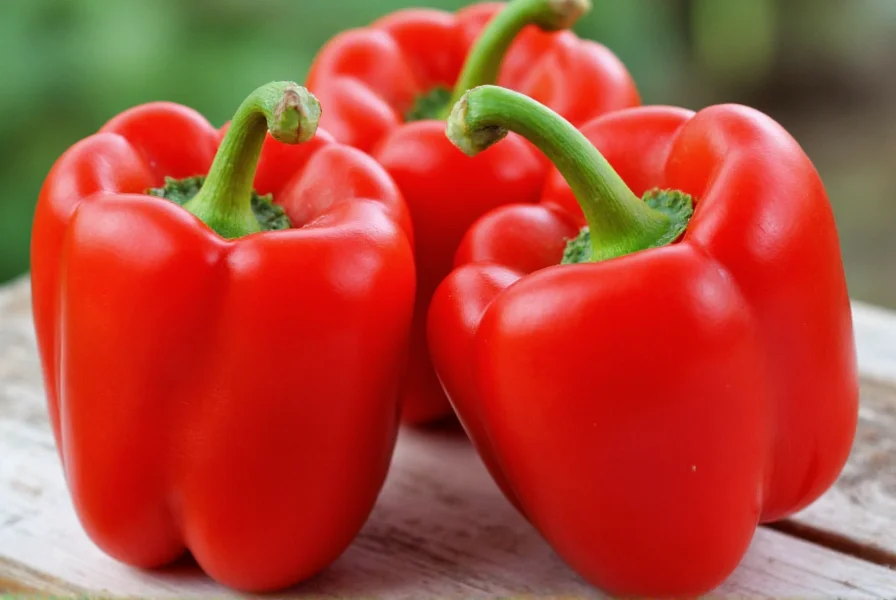When someone asks what does peppery mean, they're typically seeking clarification about this specific food descriptor that often appears in recipes, restaurant menus, and wine tasting notes. Unlike general spiciness from chili peppers, the peppery flavor profile comes specifically from the compounds found in black, white, or pink peppercorns.

Understanding the Peppery Taste Profile
The distinctive peppery taste characteristics stem primarily from piperine, the alkaloid compound responsible for pepper's signature warmth. This flavor manifests as:
- A subtle heat that builds gradually rather than immediately
- Earthy, woody undertones with floral or citrus notes depending on pepper variety
- A clean finish without the lingering burn of capsaicin (found in chili peppers)
- Aromatic qualities that enhance other ingredients without overpowering them
Chefs and food writers use the term peppery flavor description to indicate dishes where pepper plays a noticeable supporting role. For example, a steak might be described as "peppery" when prepared with a generous black pepper crust, or a mushroom soup might have "peppery notes" from freshly cracked pepper added during cooking.
Peppery vs. Spicy: Key Differences
Many people confuse is peppery the same as spicy, but these terms describe different sensory experiences:
| Peppery | Spicy (from chilies) |
|---|---|
| Heat from piperine compound | Heat from capsaicin compound |
| Gradual, warming sensation | Immediate, intense burn |
| Earthy, woody flavor notes | Fruity, smoky, or vegetal notes |
| Primarily affects mouthfeel | Causes physical reaction (sweating, flushing) |
Common Culinary Applications
Understanding how to use peppery in a sentence helps home cooks and professional chefs communicate flavor profiles accurately. Here are authentic examples:
- "The risotto had a subtle peppery finish that complemented the earthy mushrooms."
- "This Cabernet Sauvignon displays peppery undertones characteristic of cool-climate vineyards."
- "Add freshly cracked pepper at the end of cooking to preserve its distinctive peppery aroma."
- "The artisanal cheese has unexpected peppery notes from the aging process."

Pepper Varieties That Create Peppery Flavors
Not all peppers produce the same peppery taste characteristics. Different varieties contribute unique dimensions:
- Black pepper - Most common source, provides classic warm, sharp notes
- White pepper - Milder, earthier profile often used in light-colored dishes
- Pink pepper - Fruity, floral notes with less heat
- Sichuan pepper - Creates tingling sensation rather than heat
For authentic peppery flavor description in cooking, always use freshly cracked pepper rather than pre-ground. The volatile oils that create pepper's distinctive aroma dissipate quickly after grinding.
When Peppery Becomes Too Much
While a peppery taste enhances many dishes, balance is crucial. Overuse creates:
- Harsh, one-dimensional flavor that overwhelms other ingredients
- Bitter aftertaste from excessive piperine
- Physical discomfort including coughing or watery eyes
Professional chefs typically add pepper in stages during cooking and finish with a final grind to achieve the perfect peppery flavor profile without crossing into unpleasant territory.
Peppery in Wine and Beverage Descriptions
The term extends beyond food—many wine enthusiasts describe certain red wines as having peppery notes. This characteristic appears in:
- Syrah/Shiraz from cooler climates
- Cabernet Sauvignon with extended aging
- Some Pinot Noirs from volcanic soils
These peppery wine characteristics come not from actual pepper but from similar chemical compounds (rotundone) that naturally occur in grape skins.











 浙公网安备
33010002000092号
浙公网安备
33010002000092号 浙B2-20120091-4
浙B2-20120091-4